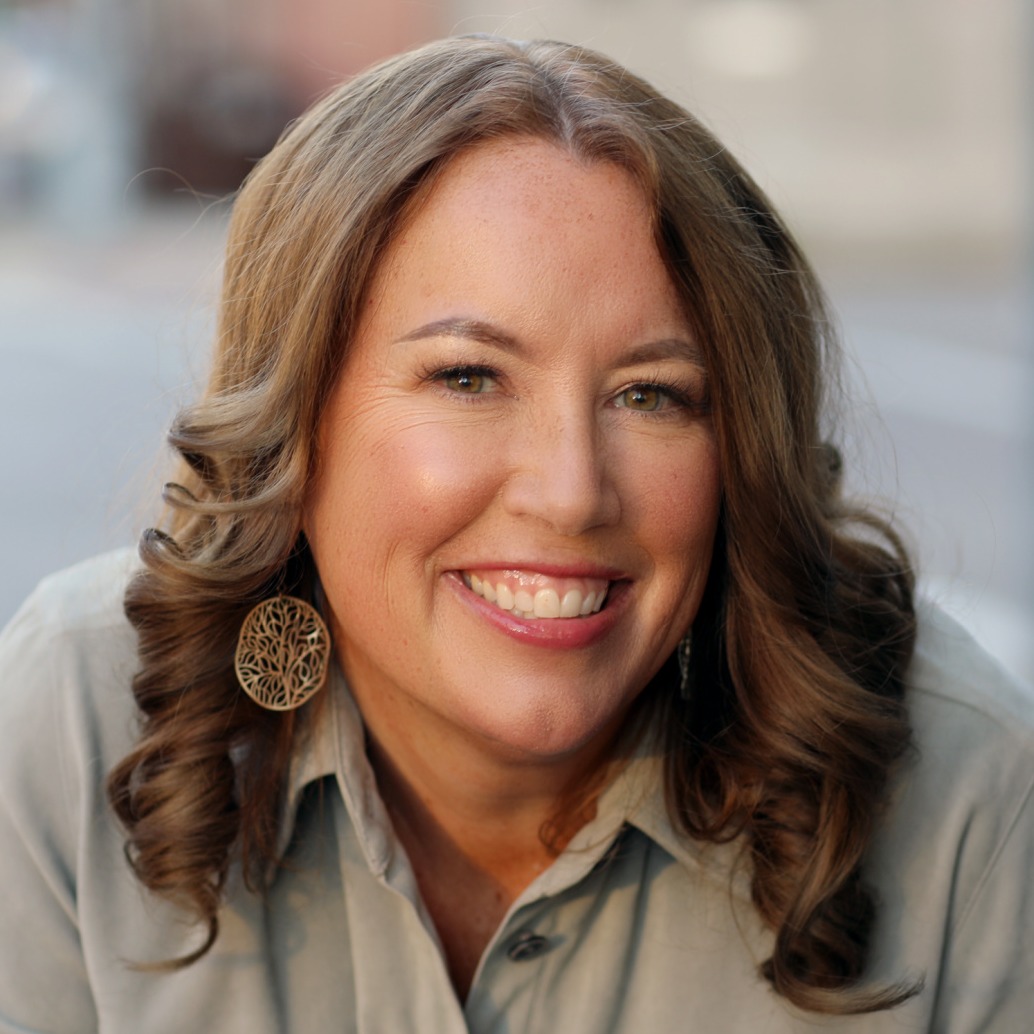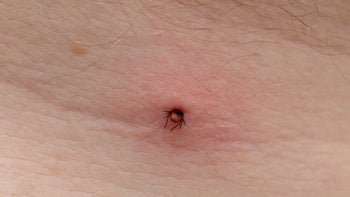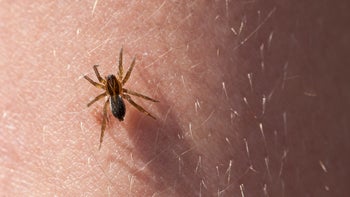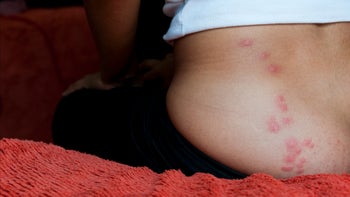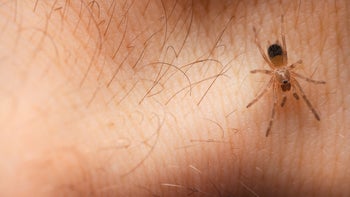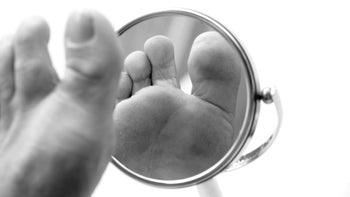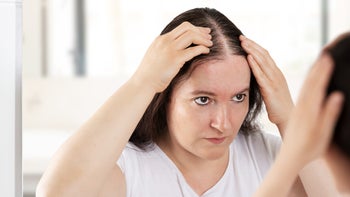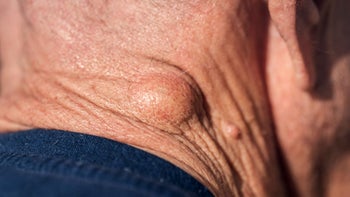
How Do You Get Rid of Stretch Marks?
Key takeaways:
Stretch marks are types of scars that appear when skin stretches or shrinks rapidly, usually because of pregnancy, weight gain, or rapid muscle growth from weight training.
The marks are caused by damage to collagen and elastin — two skin proteins. Marks usually appear as lines, stripes, or bands of skin on the stomach, breasts, hips, buttocks, or elsewhere.
Stretch marks can be treated with creams, lotions, gels, certain prescription medications, and several procedures performed by skin specialists.

The skin is the largest organ in the body, and it has to stretch, bend, and grow through every phase of a person’s life. That includes pregnancy, weight loss and weight gain, and conditions marked by swelling and bloating.
These situations can cause some people to develop stretch marks, which appear as lines, streaks, or bumps on the skin. And while these marks usually disappear over time, some people turn to commonly used products to regain their usual skin as soon as possible.
Here, several people share their approaches to getting rid of stretch marks.
Search and compare options
Moisturizers helped ease stretch marks and itching
Throughout her 2022 pregnancy, Madison Dufour was prepared for a stretching belly and gradual weight gain.
What she wasn’t prepared for was the itching. It developed as her skin continued to expand to accommodate her growing bundle of joy.
A licensed cosmetologist and barber in Atlanta, Madison started applying shea butter and facial mask creams to her abdomen to keep it moisturized.
“I wanted to take whatever preventive measures I could to prevent the stretch marks, but mostly I wanted to stop the itching,” the 28-year-old stylist says. “When skin stretches out, it just itches. And whatever I was trying early on delivered only temporary relief. The itching would stop for about 10 minutes, and then it came right back.”

One day, a salon client suggested vitamin E cream, so she began combining it with coconut oil as a regular moisturizer. She also exercised regularly throughout her pregnancy to stimulate blood flow and did an occasional detoxification routine to support skin health.
“Every time I started to itch, I would put coconut oil and vitamin E oil on my stretching belly,” she recalls. “After I started using it, I didn’t stretch at all. Going into my pregnancy, I expected to have some stretch marks. But the ones that developed were like battle scars — stripes that appeared on my sides right below my hips.”
After her son was born, she kept up the moisturizing routine for 2 to 3 months as her weight and hormones both returned to normal.
Read more like this
Explore these related articles, suggested for readers like you.
“I continued to apply vitamin E oil on the few remaining stretch marks, and they have faded significantly ever since,” she says. “I can see them now if I stand in the light at a certain angle, but they’re not as visible as they used to be.”
Her advice? Every body and skin type is different, so experiment until you find something that works.
“Use different masks, different moisturizers, depending on your climate, your age, your skin tone, and your skin type,” she suggests. “Use coconut oil, use vitamin E oil, try avocado oil. If that doesn’t work, try olive oil. Just keep using different kinds of natural moisturizers until you find what your skin likes. Moisture is probably one of the best things you can do to help the skin’s elasticity.”
And one more tip? Avoid self-criticism when dealing with an ever-changing body.
“It’s easy to be critical of ourselves when we’re going through these major life changes,” Madison says. “We need to give ourselves the grace and encouragement that we would offer to others.”
Vitamin E and a medicinal plant cream delivered results
Karan Tiwari’s skin stretched when he gained weight. And it stayed stretched out when he lost the extra pounds.
“I was self-conscious about the stretch marks that developed on my abdomen and my arms, and I wanted to find a way to conceal them,” says Karan, a 26-year-old web designer and marketing manager living in Nepal. “I tried various creams, but nothing seemed to help.”
The appearance of his skin began to improve when he started using a stretch mark removal cream that contained vitamin E and an Asian medicinal plant extract called centella asiatica, or gotu kola.
“I also made an effort to hydrate my skin by drinking plenty of water and applying a moisturizer on a daily basis,” Taran says of his skin’s gradual improvement after his 10-pound weight loss. “Exercising on a regular basis also improved the appearance of my stretch marks and also made me feel better overall.”

“After using the cream consistently and incorporating these other changes into my routine, I saw a significant improvement in the appearance of my stretch marks,” he says. “They’re still there, but they’re much less noticeable, and I’m no longer embarrassed by them.”
Results, he points out, didn’t occur overnight.
“Before settling on the vitamin E-centella asiatica cream, I tried a few other creams and lotions for my stretch marks,” he notes. “I gave each product a few weeks before deciding it wasn't working and trying something else. Some of the creams I tried included cocoa butter, shea butter, and bio oil.”
His advice to others seeking stretch mark solutions?
“Finding what works best for you may require some trial and error,” he says. “Stretch marks can take time to fade, and everyone's skin is different. It’s important to use a combination of skin care products and a healthy lifestyle, because healthy skin starts from within. It just requires persistence and patience.”
Collagen supplement gradually erased long-term stretch marks
Erin Cooper’s stretch marks developed during a growth spurt. Twenty-five years later, they still were apparent as dark, raised, noticeable marks and bumps on her hips.
“The problem was that I had stretch marks for years and didn’t know what to do about them,” says Erin, a 39-year-old certified wellness coach in Huntington Beach, California. “I couldn’t find any useful information. But I was working with a fitness YouTuber in 2018, following her meal plan, supplement, and fitness routines, and she mentioned that she uses collagen to prevent muscle fiber tears from exercising.”

So to support her exercise regimen, Erin started taking a daily collagen supplement, too.
“After taking the recommended dosage of the collagen supplement every day for a year, I was able to see a significant improvement,” she says. “Now, my stretch marks are no longer dark and raised; they have faded to match my skin tone, and are smooth to the touch.”
They’ve also shrunk in size, and she can see them only if she closely examines the skin where they used to be located.
“They’re still visible if you look closely,” she says. “But the difference is remarkable.”
She points out that her solution was — and remains — a long-term endeavor.
“This treatment is not for everyone and requires patience and commitment,” she explains. “It took me about a year to see a difference, and even then my stretch marks were quite bad. However, the results were well worth the effort.
“If you’re considering using a collagen supplement to get rid of your stretch marks, it’s crucial to follow the recommended dosage and be patient. It’s also important to note that I still take collagen supplements daily and have since 2018. You have to be consistent.”
Not only does collagen continue to support her fitness workouts, she says, “it has also transformed my skin.”
What does the doctor say?

Patricia Pinto-Garcia, MD, MPH
Medical Editor
You can think of stretch marks as a type of scar. Like scars, stretch marks don’t go away completely. But they can fade over time. And if you don’t like the way your stretch marks look, there are things you can do to minimize their appearance. But keep in mind that stretch marks aren’t dangerous and they’re not a sign of unhealthy skin.
Some people are more prone to developing stretch marks because of how their skin responds to stress from stretching. There’s nothing you can do to change that.. That’s likely why there’s little evidence that products aimed at preventing stretch marks work for everyone. Most stretch mark prevention creams and products are safe to use, so you can try them if you want to (though double check with your healthcare provider if you’re pregnant). But don’t get discouraged if they don’t work for you.
When it comes to minimizing stretch marks, there is evidence that some products can help. These products range from over-the-counter options like centella asiatica to prescription strength retinoid creams. Cosmetic procedures can also help minimize stretch marks. Some people respond to one option better than others, and many people find success combining treatments.
That said, you don’t have to do anything to minimize your stretch marks. They will fade over time, though they won’t disappear. Stretched skin still does its job, too. Whether or not you chose to let your stretch marks evolve on their own, make sure to give your stretched skin a little extra care. Stretch marks may become itchy. Applying a thick moisturizer can soothe this feeling. And always put sunscreen over your stretch marks, because stretched skin is more likely to burn.
Why trust our experts?

